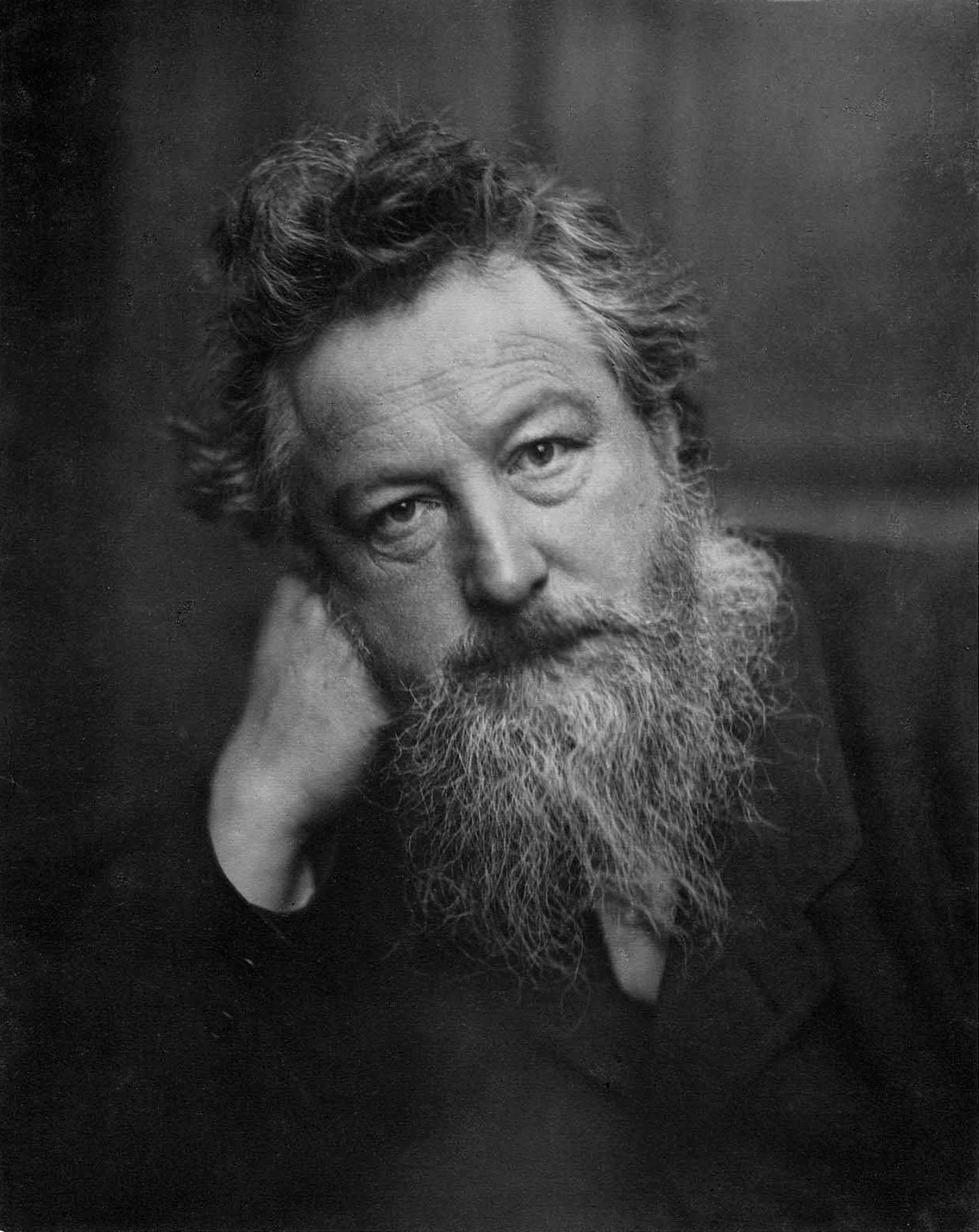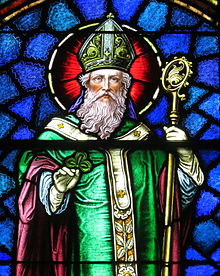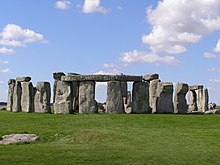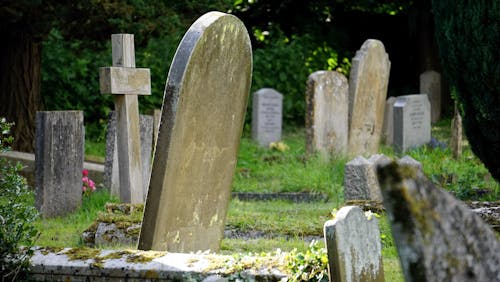
"Spring had really come."

It’s “news from nowhere,” wrote nineteenth century artist and anarchist William Morris, a new age that has come. So his patterns and sketches state. But unless we seek the well at the world’s end or, if we are so inclined, follow Charles Williams, he an Inking of Oxford fame, in his descent into hell, we look for this age in vain. Like kainos, like chadash: it comes out of nowhere.  As it should.
As it should.
Many a theologian, Hindu, Muslim, Christian, Jew, and more, has told us that, well, it is God from which everything comes. From this God, this hidden and omnipotent presence embedded in the circles of the universe, this immaterial yet material somethingness that somehow pervades all of reality, seen and unseen, they argue—in a variety of ways—comes all that is to be, as well as all that is to come. What will one day be. Even nowhere. Once where, now nowhere, nowhere is where in disguise, a doppelgänger, a phantom, a voiceless voice of another world.
But that’s the point. If, as the curious and inquisitive medieval thinker Hermes Trismegistus once contended, “God is an infinite sphere, the center of which is everywhere, the circumference nowhere,” then even if we know where “God” is, we really don’t. Or as the Italian and, allegedly, pantheist Giordano Bruno noted, building on Trismegistus’s words, “We can [only] state with certainty that the universe is all center, or that the center of the universe is everywhere and the circumference nowhere.”
Newness is our greatest unknown.

Purim! Earlier this week, our Jewish brethren completed their annual celebration of Purim. Purim is a remembrance of liberation, a day to recall how God, once again, rescued the Jewish people from potential annihilation. Like the Exodus, celebrated in about a month from today at Passover, Purim recognizes that despite all the machinery we have amassed to keep ourselves safe and secure, personally and internationally, it is ultimately transcendence that provides ultimate meaning and value to our efforts. It is only the work of larger presences that ensure purpose in our dogged attempts to keep ourselves free.
If you're Irish or have some Irish in you, you may well be thinking about today: St. Patrick's Day. Patron saint of and missionary to the Irish nation, St. Patrick came into a remote and unsettled land dominated by various strands of Celtic religious thought and proceeded to teach and explain the Christian gospel.

March 15: the Ides of March. On this day in 44 B.C., Julius Caesar, a general and would-be dictator of the Roman republic, was assassinated, set upon by a group of nearly sixty people, including his supposedly best friend and associate Brutus, and stabbed to death on the floor of the Roman Senate. It was an ugly demise.
As the historian Plutarch tells it, some time prior to that day, Caesar was warned by a seer that he would die before the day, March 15, ended. In a movie made about Caesar some years ago, he was pictured seeing a crow fly overhead as he traveled to the Senate that day. In much ancient lore, including that of Rome, a crow was considered to be a bad omen.In this terribly broken world, we cannot help but wonder: why cannot we control, why cannot we mitigate, why cannot we turn back the forces of evil?
 As we think about this week, the week of the second Sunday of Lent, we have opportunity to wonder about this anew. Even if we are in a position of great authority, we cannot control everything, nor can we extinguish all evil. Lent is about giving up, giving up our time, our pursuits, our hopes of lasting control. We acknowledge that if we try to control everything, we will inevitably end up creating a world of us and us alone, a world without any real point.
As we think about this week, the week of the second Sunday of Lent, we have opportunity to wonder about this anew. Even if we are in a position of great authority, we cannot control everything, nor can we extinguish all evil. Lent is about giving up, giving up our time, our pursuits, our hopes of lasting control. We acknowledge that if we try to control everything, we will inevitably end up creating a world of us and us alone, a world without any real point.
In his What is Time?, author Truls Wyller quotes Albert Einstein who, upon hearing of the death of one of his good friends, remarked, "And now he has preceded me briefly in bidding farewell to this strange world. For us believing physicists, the distinction between past, present, and future is only an illusion, even if a stubborn one."
In other words, the "now" is all that matters. Everything else is an illusion. Given Einstein's conclusions about reality, however, his words make perfect sense. If time is relative, then time is really nothing at all. And if it is nothing at all, death is no different than life: regardless of what it means, life is no more than being present, now or later.
So what do we do? If transcendence is a myth, Einstein's position is quite logical. If it is not, however, we face the "stubbornness" of time that endures even if we do not.

I recently finished reading Harley Rustad's Lost in the Valley of Death. It tells the story, a true story, of an American named Justin Alexander Shetler who devoted his too short life to finding who he was and how he fit into the world. Some of you may have seen his posts on Facebook or Instagram under the name "Justin Alexander."
Although Justin's quest is one common to all of us, the fervor with which he pursued it, traveling across the globe and trekking through some of the most remote regions on the planet, is one not many of us share. For Justin, identifying his purpose was his life's mission. And he was willing to endure all manner of hardship and set everything aside to find it.
As I read Rustad's account, I often thought of a trek, a backpack, I made many decades ago through the remote Brooks Range in the far arctic wilds of Alaska. Like Justin, I was intent on finding my place and meaning in this life, and was willing to go to the most isolated portions of the world to find it. As I hiked through the Brooks, I was hundreds and hundreds of miles from any other human being. It was just me, the grizzly bears (along with caribou and Dall sheep), and hundreds of square miles of mountains and tundra.
Happily, I survived. I could easily have not. But I didn't find what I was looking for in those vast stretches of arctic wilderness. Nor did I find it anywhere else. That's why I find Justin's story at once fascinating and tragic. Fascinating for its adventures, tragic for its end.
Transcendence, Justin understood--and which I finally came to understand as well--is key to meaning. But it must be a personal transcendence, a direct and visceral encounter with the metaphysical enveloping us all. Otherwise, we're only looking at ourselves.
Rest well, Justin.

Who's heard of Stonehenge? The world famous enigmatic stone structure in northern England has steadfastly withstood all attempts to decipher its precise meaning. Generations of anthropologists, historians, and astronomers have sought to unpack its secrets, but to no lasting avail. Regardless, Stonehenge today remains a major draw for a wide range of people, most of whom come from thousands of miles away to step into its mystery.
And ponder what it means. To ponder what a structure built in the third millennium BCE means for us today. Perhaps the most that we can say about Stonehenge is that it testifies to the remarkable resilience of the human quest for meaning. While we may never know exactly what the creators of Stonehenge had in mind when they designed and built it, we can certainly come away in awe of what it says about the human being.
We love puzzles, we love mysteries. We love to poke into things we do not understand. And what greater thing to poke into than who we, frail and mighty human beings, really are?
Is this cold and impersonal universe really all that is?
As March continues on its merry way, I take a moment today to mention that today is International Women's Day! Moreover, March is, as a drinking mug I inherited from my mother always reminds me, Women's History Month. It's about time. For too long, historians tended to overlook women and the role they played in moving humanity forward. Conditioned by the social nuances of their times, and driven, perhaps, by various levels of cultural chauvinism or myopia, most historians, traditionally male, dismissed the contributions that women have made to the human adventure.
If we are to hold that men and women are both made in the image of God and are therefore of equal worth, we err, err seriously, when we ignore, reject, or pass over the many ways that women have shaped human history for its good. It's tragic, really: we are in truth forgetting the meaning of the framework, physical as well as metaphysical, in which the universe functions. It's no accident that when the writer of Proverbs 8 described wisdom, he personified it as a woman. He knew. He knew that male and female are woven deeply into the created order.
 This past Sunday marked the first Sunday of Lent. Repentance and circumspection dominate, as those so inclined spend ever more time pondering the exigencies within their lives, the fleeting puffs of materiality in which we have life and breath. Life looks more remarkable than ever: a befuddling experience, yes, but the only experience, at this point, we have.
This past Sunday marked the first Sunday of Lent. Repentance and circumspection dominate, as those so inclined spend ever more time pondering the exigencies within their lives, the fleeting puffs of materiality in which we have life and breath. Life looks more remarkable than ever: a befuddling experience, yes, but the only experience, at this point, we have.

Believe it or not, the topic of my most recent atheist discussion group was reincarnation. Huh? The person who presented came to the group with copious evidence of people who appeared to have come into this life with precise and detailed memories of a person in a life that preceded it. In study after study, researchers identified people, mostly young, who seemed to know, often intimately and extensively, everything about a person who had already passed from this life. In some instances, the connection was singularly striking: the characteristics of a deceased person were displayed exactly in a person now alive. And the living person had no apparent connection with the person who had died.
Predictably, many people in the discussion were skeptical. Perhaps, they said, this is the result of small children making things up: they're imagining, they're dreaming. Others rebutted by saying that there's another side to the picture, that they had found companion research results that asserted these tests to be fraudulent. Still another, insisting that he was a "materialist," could not see how a supernatural explanation for such things was possible. On the other hand, many lauded this "evidenced based" research and noted that the cumulative weight of the research was difficult to dismiss.
What puzzled me about these responses, besides the ones that found the evidence to be convincing, was that these folks appeared to be unwilling to step outside their worldview to consider that, well, maybe there is another way to look at this evidence. So set in their perspective on the world that they could not see outside of it. At first glance, I do not know what to do with this voluminous evidence: it's very persuasive. Perhaps this is because I am open to the factuality of the supernatural. Nonetheless, the well documented evidence for these "rebirth" memories of the past ought to be enough to motivate even the most hardened materialist to at least consider that there is another way to see reality.
Even if they do not readily understand it. For that is the central point: we must get used to confronting things we may never fully understand in order to live in a way that enables us to deal intelligently with our existence. That's just being a finite human being.
Maybe someone else really is knocking at the door.
Today is Ash Wednesday, the first day of Lent. Ash Wednesday reminds us that, whether we believe in an afterlife or not, we are ultimately no more than dust. When we die and pass out of this life, what remains of us will soon be no more, too, subsumed in the earth from which it has come. A number of years ago, when my wife and I were in the Sawtooth Mountains of Idaho, I took an afternoon to hike to a meadow where, one year before, one of my dearest cousin's ashes had been scattered. Tragically, she had died of mesothelioma at the age of 58. Long did I stand before the meadow, catching the wind, soaking in the vista, thinking about her. All Liz's years, all her love, all her joy, all her meaning, all her hopes and dreams now strewn among the flowers and rivers she loved so dearly. Joyful, but deeply sobering.
